
Conference summarising three-year research on cultivation of Miscanthus
The International Scientific Conference: Multiple Benefits of Biomass Crops on Marginal Land, held on March 20-21, 2019 at the Institute for Ecology of Industrial Areas in Katowice, brought together a group of leading scientists and practitioners involved in research on energy plants in Poland and Europe.
Among the participants of the conference were representatives of the Aberystwyth University, University of Aberdeen, Terravesta from Great Britain, Hohenheim University from Germany, Groningen University from the Netherlands, University of Jan Evangelista Purkyne from the Czech Republic and National Agricultural University from Kiev, Ukraine, as well as representatives of the West Pomeranian University of Technology from Szczecin, University of Warmia and Mazury in Olsztyn, and Research and Innovation Centre Pro-Akademia.
The European Commission was represented by Nicolas Tinois, coordinator of the FACCE SURPLUS programme: "Sustainable and Resilient Agriculture for Food and Non-Food Systems" which is part of the Joint Programming Initiative "Agriculture, Food Security and Climate Change" (Joint Programming Initiative Agriculture, Food Security and Climate Change - JPI FACCE).
The conference programme consisted of 4 paper sessions: 1. Possibilities of growing perennial energy plants on marginal soils; 2. Experiments in the cultivation of Miscanthus on marginal soils; 3. Growing of other species of energy crops on marginal soils; 4. Biomass as a raw material of many applications - panel discussion and poster session.
During the conference the scientists summarised the research on the cultivation of new Miscanthus seed genotypes on poor quality soils and soils contaminated with heavy metals, which was carried out in Germany, Poland and Great Britain as part of an international project: Miscanthus Biomass Options for Contaminated and Marginal Land: Quality, Quantity and Soil Interactions (MISCOMAR).
This meeting of scientists is not only to summarise the three years’ research conducted jointly under the MISCOMAR project, but also to show the importance of growing energy plants for improving the quality of poor soils and energy production - emphasised Dr. Marta Pogrzeba, coordinator of the MISCOMAR project, under which this event was organised, opening the conference debate.
The possibilities of growing Miscanthus were also analysed in the context of current and forecasted climate changes and cultivation on soils contaminated with heavy metals.
Researchers from the Aberystwyth University in the UK, which has more than a 100 years’ experience in breeding and growing various grass species as well as a great collection of grass from all over the world consisting of more than 100 species, presented the results of research on various aspects of cultivation of Miscanthus.
Prof. John Clifton-Brown, an outstanding expert in the field of breeding and cultivation of Miscanthus and research on the impact of cultivated crops on soil quality and Dr. Elaine Jensen discussed different aspects of breeding new Miscanthus genotypes, cultivating on marginal soils in terms of yield size, as well as maintaining or improving the value of ecosystem services. Another topic addressed by Elaine Jensen were directions of research on the use of various grass species for phytoremediation purposes.
Dr. Astley Hastings from the University of Aberdeen presented the results of research on the cultivation of Miscanthus in the context of global warming, with particular focus on the increase of temperature and limited humidity.
Dr. Jacek Krzyżak from the Institute for Ecology of Industrial Areas presented the problem of soil contamination with heavy metals in the Silesian Voivodship based on the research carried out by the Institute since the 1980s. Dr. Marta Pogrzeba discussed the results of a three-year study on the cultivation of Miscanthus on soils contaminated with lead, cadmium and zinc at the IETU experimental plot in Bytom. The conducted research confirmed that cultivation of Miscanthus was possible on soils contaminated with heavy metals, without the negative impact of contamination on the quantity and quality of biomass produced, and with a positive effect on the quality of poor soils.
Some presentations given during the conference focused on bioeconomy and benefits of growing energy crops not only due to energy production, but also in the context of improving soil quality and supplying raw materials for production of building materials, packaging, etc. Visitors had an opportunity to see examples of building and packaging materials made from Miscanthus. The exhibition was organised by Uwe Kühn from the Technical Service Kuehn GmbH from Germany.
Presentation which raised particular interest was the presentation of a Miscanthus cultivation system in Great Britain, which was developed by Terravesta Ltd. in cooperation with the University of Aberystwyth. Specialists from Terravesta closely cooperate with farmers, providing new cultivars of Miscanthus, specialised planting equipment and agrotechnical consulting. What was strongly emphasised was the impact of cooperation with farmers on the crop quality, which is particularly important for its recipients, as it allows preparation of the crop according to their requirements. Sam Buckby, presenting Terravesta’s achievements, pointed out that the main target for future should be to expand the cultivation of Miscanthus not only for energy purposes, but also as a raw material for construction materials. He also mentioned that Terravesta had been testing the use of drones to control the development of new plantations and the health status of the crops. The conference participants were interested in the possibility of implementing such a system in other countries. Sam Buckby explained that the company was going to prepare a license that would allow Terravesta to implement solutions in other countries.
The results of the study on the possibilities of growing Miscanthus in China were discussed by Bingquan Zhang from the University of Groningen (The Netherlands). Polish research on the cultivation of energy plants was presented by Dr. Marek Bury from the West Pomeranian University of Technology in Szczecin and Prof. Mariusz Stolarski from the University of Warmia and Mazury.
Discussion panel led by Dr. Marta Pogrzeba from IETU concerned the use of poor quality and contaminated soils for biomass production for energy purposes and for bioeconomy. The panel was attended by Prof. John Clifton-Brown from the Aberystwyth University, Dr. Astley Hastings from the University of Aberdeen, Sam Buckby from Terravesta (Great Britain), Andreas Kiesel from the University of Hohenheim (Germany), Prof. Valentina Pidlisnyuk from the University of Jan Evangelista Purkyne (The Czech Republic), Prof. Mariusz Stolarski from the University of Warmia and Mazury and Michał Moś from Energene.
The discussion concerned various aspects of cultivation of Miscanthus in Europe, including Poland. The panellists presented examples of good practices in the field of energy crop cultivation in Germany and the United Kingdom, where their area is gradually increasing. Also in Ukraine the area of energy crops is growing, and particular focused is being paid to post-military areas. In Poland, the interest in cultivating Miscanthus is low because there are no subsidies and the price of agricultural biomass is not high. It is necessary to build a biomass market for technological purposes, mainly for the production of bioproducts which will replace plastic products. The necessity of wider and more common use of research results and good practices in the European Union countries was emphasised. If there is a demand for raw material from innovative technology companies, then the market will appear and the farmers' confidence in new companies using biomass for the production of biodegradable construction and packaging materials will increase. The participants agreed that the British model explicitly showed that the cooperation with farmers, creating a support system and popularising good practices should be a priority. The use of marginal soils (weak and contaminated) for the production of biomass requires subsidies for farmers, providing energy producers with guaranteed prices and ensuring support for small enterprises which would like to cultivate, e.g. Miscanthus on small areas for biodegradable materials. Prof. John Clifton-Brown emphasised an important role which scientists would have to fulfil - based on the conducted research they should demonstrate and promote the benefits of cultivating Miscanthus. In his opinion, it is first and foremost the scientists who have arguments which can convince farmers that the biomass market will successfully operate in the future.
On the second day of the conference, a poster session was held, during which eighteen posters presenting the results of research carried out by young scientists from the Czech Republic, Great Britain, Ukraine and Poland were demonstrated.
At the end of the conference, the participants went to Ruda Śląska, where they got acquainted with the outcomes of an international project: "Implementation of Sustainable Land Use in Integrated Environmental Management of Functional Urban Areas" (LUMAT), coordinated by IETU. The participants visited a zinc spoil heap, which was secured to be used for recreational purposes.
More information is available: www.miscomar.eu
-
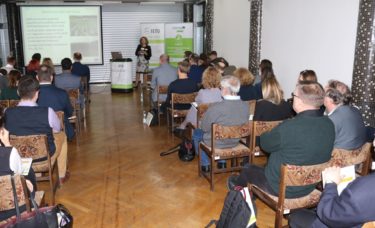
- The International MISCOMAR Project Scientific Conference: Multiple Benefits of Biomass Crops on Marginal Land, 20-21.03.2019
-

- The International MISCOMAR Project Scientific Conference: Multiple Benefits of Biomass Crops on Marginal Land, 20-21.03.2019, Jacek Krzyżak, IETU
-
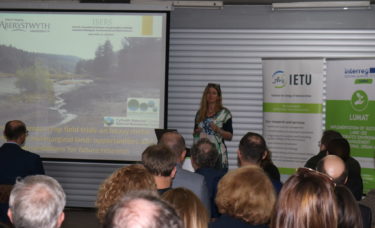
- The International MISCOMAR Project Scientific Conference: Multiple Benefits of Biomass Crops on Marginal Land, 20-21.03.2019 – Elaine Jensen, Aberystwyth University, United Kingdom
-
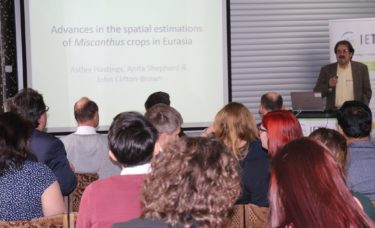
- The International MISCOMAR Project Scientific Conference: Multiple Benefits of Biomass Crops on Marginal Land, 20-21.03.2019 – Astley Hastings, University of Aberdeen, United Kingdom
-

- The International MISCOMAR Project Scientific Conference: Multiple Benefits of Biomass Crops on Marginal Land, 20-21.03.2019
-
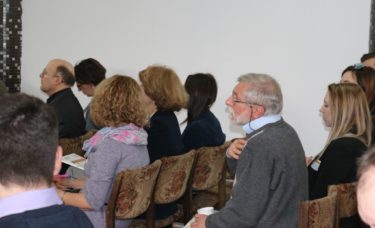
- The International MISCOMAR Project Scientific Conference: Multiple Benefits of Biomass Crops on Marginal Land, 20-21.03.2019
-

- The International MISCOMAR Project Scientific Conference: Multiple Benefits of Biomass Crops on Marginal Land, 20-21.03.2019 – John Clifton-Brown, Aberystwyth University, United Kingdom
-

- The International MISCOMAR Project Scientific Conference: Multiple Benefits of Biomass Crops on Marginal Land, 20-21.03.2019 – Marta Pogrzeba , IETU, MISCOMAR Project Coordinator
-
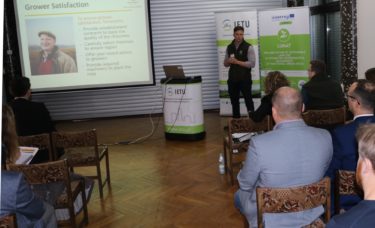
- The International MISCOMAR Project Scientific Conference: Multiple Benefits of Biomass Crops on Marginal Land, 20-21.03.2019 – Sam Buckby, Terravesta Ltd., United Kingdom
-
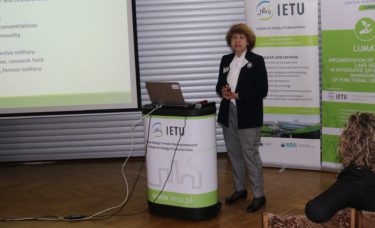
- The International MISCOMAR Project Scientific Conference: Multiple Benefits of Biomass Crops on Marginal Land, 20-21.03.2019 – Valentina Pidlisnyuk, Jan Evangelista Purkyne University, Czech Republic
-

- The International MISCOMAR Project Scientific Conference: Multiple Benefits of Biomass Crops on Marginal Land, 20-21.03.2019 – Bingquan Zhang, University of Groningen, The Netherlands
-
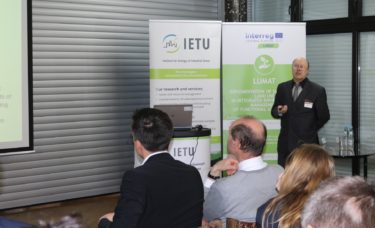
- The International MISCOMAR Project Scientific Conference: Multiple Benefits of Biomass Crops on Marginal Land, 20-21.03.2019 – Marek Bury, West Pomeranian University of Technology, Poland
-
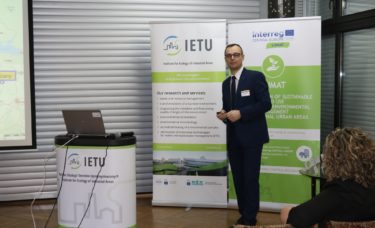
- The International MISCOMAR Project Scientific Conference: Multiple Benefits of Biomass Crops on Marginal Land, 20-21.03.2019 – Mariusz J. Stolarski, University of Warmia and Mazury, Poland
-

- The International MISCOMAR Project Scientific Conference: Multiple Benefits of Biomass Crops on Marginal Land, 20-21.03.2019 – Michał Moś, Energene sp. z o.o., Poland
-
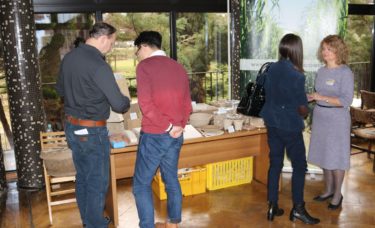
- The International MISCOMAR Project Scientific Conference: Multiple Benefits of Biomass Crops on Marginal Land, 20-21.03.2019 – exhibition of of building and packaging materials made from Miscanthus, www.miscanthus-buscheritz.de
-

- The International MISCOMAR Project Scientific Conference: Multiple Benefits of Biomass Crops on Marginal Land, 20-21.03.2019 – exhibition of of building and packaging materials made from Miscanthus, www.miscanthus-buscheritz.de
-
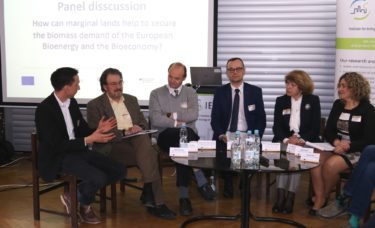
- The International MISCOMAR Project Scientific Conference: Multiple Benefits of Biomass Crops on Marginal Land, 20-21.03.2019 – panel discussion: Andreas Kiesel, Astley Hastings, John Clifton-Brown, Mariusz J. Stolarski, Valentina Pidlisnyuk, Marta Pogrzeba, Michał Moś, Sam Buckby
-
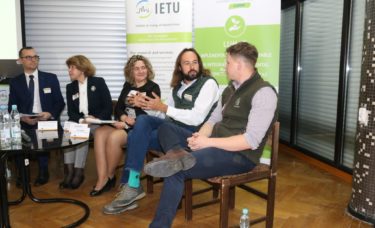
- The International MISCOMAR Project Scientific Conference: Multiple Benefits of Biomass Crops on Marginal Land, 20-21.03.2019 – panel discussion
-
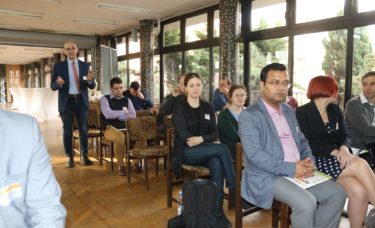
- The International MISCOMAR Project Scientific Conference: Multiple Benefits of Biomass Crops on Marginal Land, 20-21.03.2019 – Piotr Cofałka, IETU
-
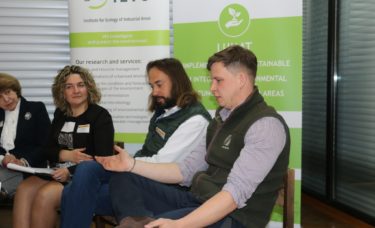
- The International MISCOMAR Project Scientific Conference: Multiple Benefits of Biomass Crops on Marginal Land, 20-21.03.2019 – panel discussion
-

- The International MISCOMAR Project Scientific Conference: Multiple Benefits of Biomass Crops on Marginal Land, 20-21.03.2019 – panel discussion
-
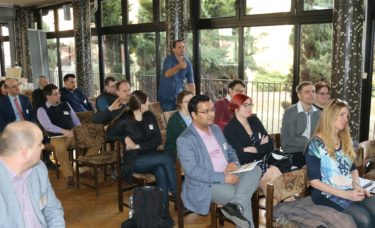
- The International MISCOMAR Project Scientific Conference: Multiple Benefits of Biomass Crops on Marginal Land, 20-21.03.2019 – John McCalmot, United Kingdom
-
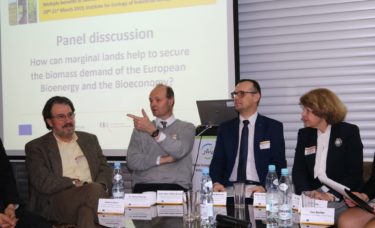
- The International MISCOMAR Project Scientific Conference: Multiple Benefits of Biomass Crops on Marginal Land, 20-21.03.2019 – panel discussion, John Clifton-Brown,
-
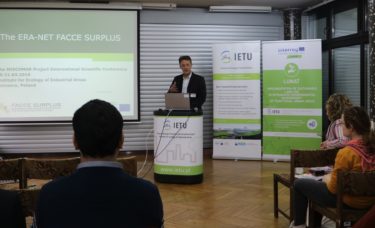
- The International MISCOMAR Project Scientific Conference: Multiple Benefits of Biomass Crops on Marginal Land, 20-21.03.2019 – Nicolas Tinois, Project Management Jülich, Coordinator of FACCE SURPLUS, Germany
-
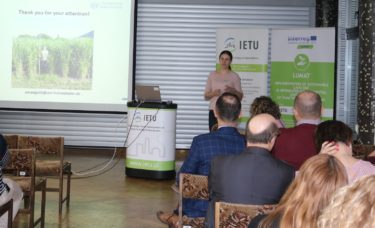
- The International MISCOMAR Project Scientific Conference: Multiple Benefits of Biomass Crops on Marginal Land, 20-21.03.2019 – Anja Mangold, Uniwersity of Hohenheim, Germany
-
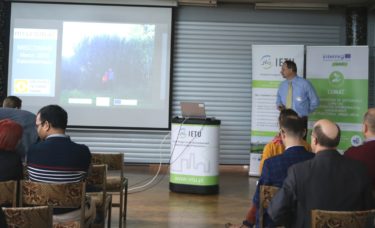
- The International MISCOMAR Project Scientific Conference: Multiple Benefits of Biomass Crops on Marginal Land, 20-21.03.2019 – Uwe Kuehn, Technical Service Kuehn GmbH, Germany
-
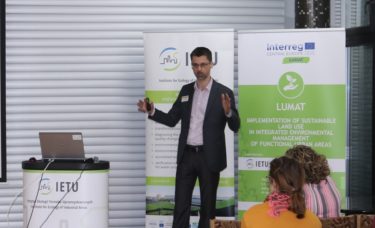
- The International MISCOMAR Project Scientific Conference: Multiple Benefits of Biomass Crops on Marginal Land, 20-21.03.2019 – Marcin Siedlecki, Pro-Akademia, Poland
-
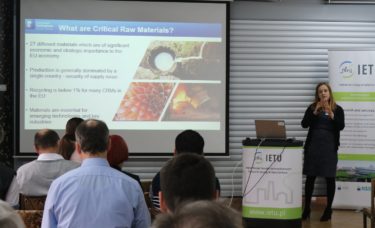
- The International MISCOMAR Project Scientific Conference: Multiple Benefits of Biomass Crops on Marginal Land, 20-21.03.2019 – Orla Williams, The University of Nottingham, United Kingdom
-

- The International MISCOMAR Project Scientific Conference: Multiple Benefits of Biomass Crops on Marginal Land, 20-21.03.2019
-

- The International MISCOMAR Project Scientific Conference: Multiple Benefits of Biomass Crops on Marginal Land, 20-21.03.2019 – poster session
-

- The International MISCOMAR Project Scientific Conference: Multiple Benefits of Biomass Crops on Marginal Land, 20-21.03.2019 – poster session
-
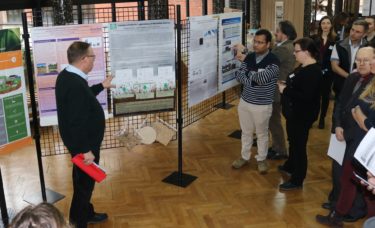
- The International MISCOMAR Project Scientific Conference: Multiple Benefits of Biomass Crops on Marginal Land, 20-21.03.2019 – poster session
-
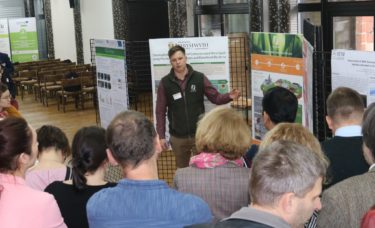
- The International MISCOMAR Project Scientific Conference: Multiple Benefits of Biomass Crops on Marginal Land, 20-21.03.2019 – poster session
-
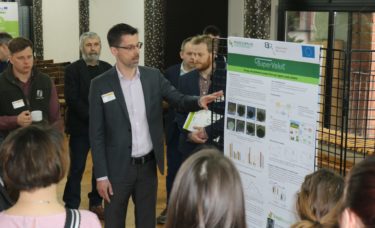
- The International MISCOMAR Project Scientific Conference: Multiple Benefits of Biomass Crops on Marginal Land, 20-21.03.2019 – poster session
-
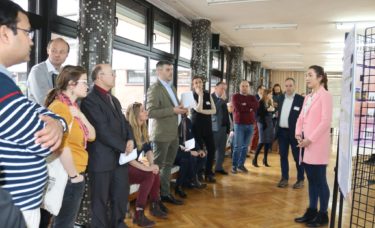
- The International MISCOMAR Project Scientific Conference: Multiple Benefits of Biomass Crops on Marginal Land, 20-21.03.2019 – poster session
-
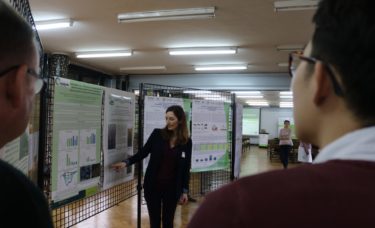
- The International MISCOMAR Project Scientific Conference: Multiple Benefits of Biomass Crops on Marginal Land, 20-21.03.2019 – poster session
-
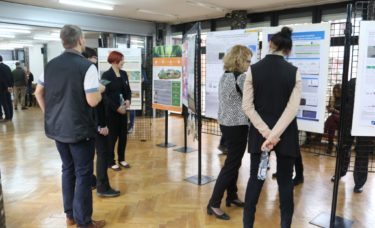
- The International MISCOMAR Project Scientific Conference: Multiple Benefits of Biomass Crops on Marginal Land, 20-21.03.2019 – poster session
-
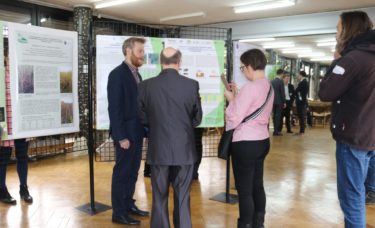
- The International MISCOMAR Project Scientific Conference: Multiple Benefits of Biomass Crops on Marginal Land, 20-21.03.2019 – poster session
-

- The International MISCOMAR Project Scientific Conference: Multiple Benefits of Biomass Crops on Marginal Land, 20-21.03.2019 – project MISCOMAR partners
-
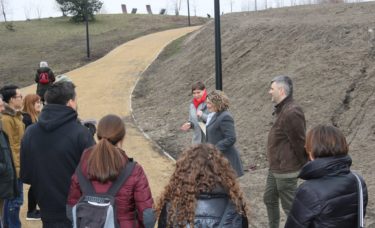
- The International MISCOMAR Project Scientific Conference: Multiple Benefits of Biomass Crops on Marginal Land, 20-21.03.2019 – study trip
-
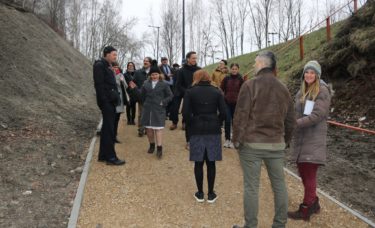
- The International MISCOMAR Project Scientific Conference: Multiple Benefits of Biomass Crops on Marginal Land, 20-21.03.2019 – study trip
-
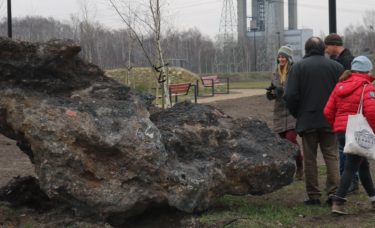
- The International MISCOMAR Project Scientific Conference: Multiple Benefits of Biomass Crops on Marginal Land, 20-21.03.2019 – study trip
-
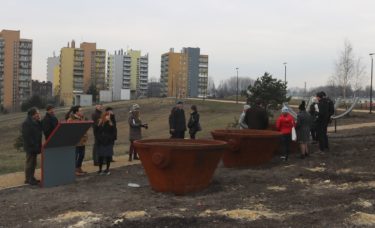
- The International MISCOMAR Project Scientific Conference: Multiple Benefits of Biomass Crops on Marginal Land, 20-21.03.2019 – study trip








